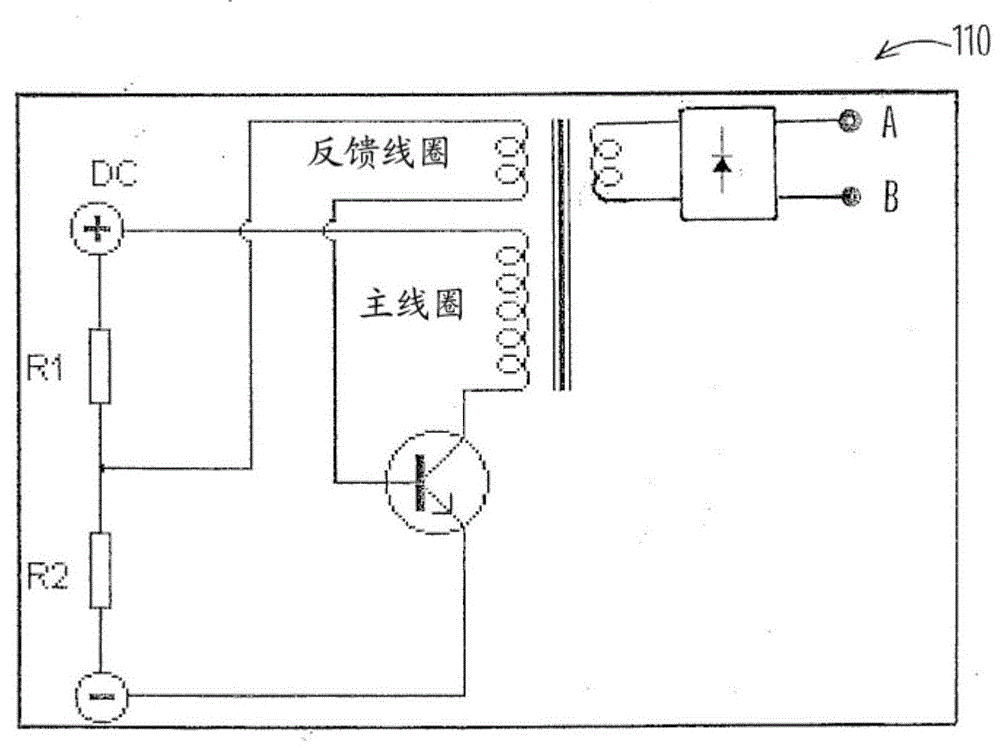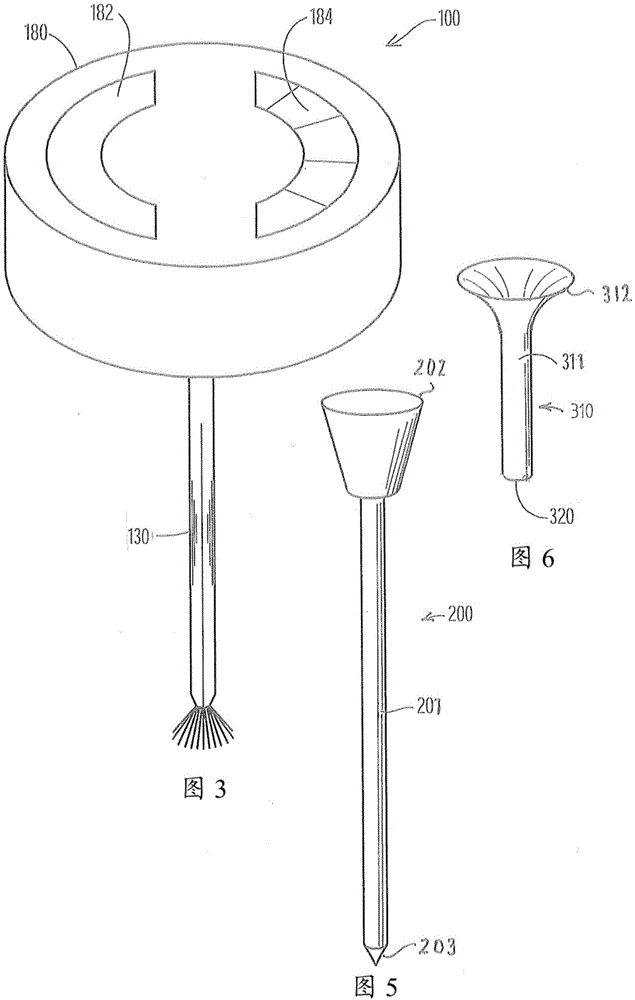Improvements in and relating to the reduction or removal of particles within an enclosed corporeal atmosphere
A closed-environment, particle-based technology, applied to components of surgical instruments, surgical instruments for suctioning substances, heating surgical instruments, etc., can solve problems such as infeasible or only partially realized, blurred vision, and health hazards
- Summary
- Abstract
- Description
- Claims
- Application Information
AI Technical Summary
Problems solved by technology
Method used
Image
Examples
Embodiment Construction
[0021] refer to figure 1 , shows a particle removal device 100 for removing particles S from a body cavity C of a patient P, eg during surgery. The device 100 has a cylindrical housing 180 housing a high voltage circuit 110 with poles A, B driven by a DC power source 170 in the form of a rechargeable battery, but this power source could be replaced by a non-rechargeable battery, or even with a connected to, or connectable to, the mains, in the form of a transformer and its associated DC rectifier.
[0022] At the bottom of the housing 180 there is a first electrode 140, said first electrode 140 is ring-shaped, in the position shown, this first electrode 140 rests on the outer skin of the patient P, which in practice can be applied to the patient P. Or the first electrode 140 is coated with conductive gel to improve the conductivity between the two.
[0023] Extending down from the middle of the housing 180 is a tubular insulated probe 130 , on the free end of which there is ...
PUM
 Login to View More
Login to View More Abstract
Description
Claims
Application Information
 Login to View More
Login to View More - R&D
- Intellectual Property
- Life Sciences
- Materials
- Tech Scout
- Unparalleled Data Quality
- Higher Quality Content
- 60% Fewer Hallucinations
Browse by: Latest US Patents, China's latest patents, Technical Efficacy Thesaurus, Application Domain, Technology Topic, Popular Technical Reports.
© 2025 PatSnap. All rights reserved.Legal|Privacy policy|Modern Slavery Act Transparency Statement|Sitemap|About US| Contact US: help@patsnap.com



